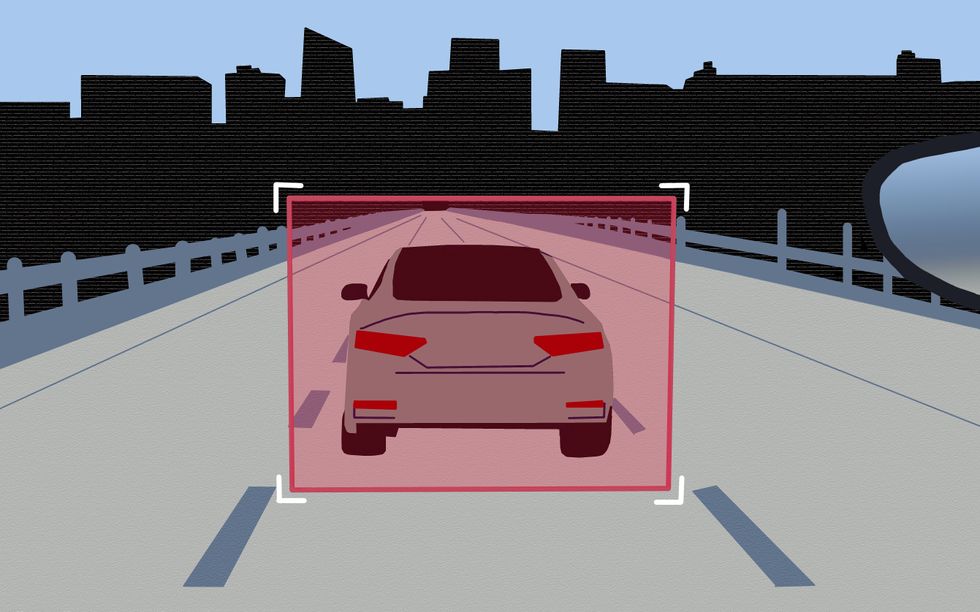Now Reading: Tesla’s $20 Trillion Vision: Could It Outpace Nvidia’s Profits?
-
01
Tesla’s $20 Trillion Vision: Could It Outpace Nvidia’s Profits?
Tesla’s $20 Trillion Vision: Could It Outpace Nvidia’s Profits?

Rapid Summary
- Tesla’s 2025 CEO Pay Plan targets a $20 trillion valuation, not just the $8.5 trillion market capitalization mentioned previously.
- The focus is on achieving adjusted EBITDA (earnings before interest, taxes, depreciation, and amortization), considered a better measure of lasting profitability than raw EBITDA or net income.
- Tesla aims for rapid growth to increase adjusted EBITDA from $15 billion to $400 billion-25 times current levels over the next 7-10 years.
- If triumphant, Tesla’s profitability could be five times higher than Nvidia’s current adjusted EBITDA of approximately $83 billion, with Nvidia valued at around $4-4.5 trillion today.
- Achieving this involves deploying over 10 million robotaxis and Teslabots capable of generating earnings between $40,000-$50,000 annually per unit for an extended period.
Images Included:
- graph showing projected growth for Tesla.
- Earnings comparison chart between Tesla and Nvidia.
- Elon Musk’s payment plan visualization.
embedded Media: A YouTube video explaining nuances and goals of the plan.
Indian Opinion Analysis
tesla’s ambitious push toward a potential $20 trillion valuation highlights the growing importance of artificial intelligence (AI) systems like robotaxis and humanoid bots in reshaping industries globally-a topic that resonates strongly with India’s burgeoning AI landscape and also its focus on renewable energy transitions and advanced manufacturing technologies.
For India specifically:
- Potential Strategic Reflection: India’s emerging EV industry could take cues from Tesla’s integrated approach linking AI-driven autonomous mobility innovations with profitability metrics such as adjusted EBITDA.
- Skills & Production Opportunities: With a strong tech workforce and aspirations to become an AI hub, Indian policymakers might see broader opportunities for collaboration in designing or adapting similar technologies suited for local economic contexts.
- Economic Transformation Insight: such massive valuation models challenge global industries to rethink productivity frameworks-a growth opening doors for direct implications on policy reform within India’s digital economy sectors.
Neutral observation suggests this scale not only pushes technological boundaries but also serves as a reminder that disruptive innovation necessitates alignment between long-term sustainability goals and immediate commercial strategies-a balancing act relevant across global markets including India rather deeply amidst systemic market pressures navigating steep stakes!

























